Hey fellow Laravel enthusiasts! As a full stack developer with a healthy obsession for Laravel and a sprinkle of AWS certifications, I’ve been keeping a close eye on Laravel Cloud (http://cloud.laravel.com/). It’s been generating a lot of buzz, and rightly so. Let’s dig into what it offers and how it stacks up against the usual suspects.
For those unfamiliar, Laravel Cloud aims to streamline the deployment and management of your Laravel applications. It promises a seamless experience, abstracting away much of the server configuration and deployment complexities that often plague developers. Think of it as a tailored platform, specifically designed for Laravel.
What’s Got Me Excited?
The biggest draw for me is the tight integration with the Laravel ecosystem. As a developer who spends most of my time in Laravel, having a platform that understands its nuances is a game-changer. Deployment becomes less of a juggling act with server configurations and more of a push-to-deploy scenario.
The promise of automated scaling and zero-downtime deployments is also incredibly appealing. In today’s fast-paced environment, downtime is a no-go. Laravel Cloud’s focus on smooth, reliable deployments aligns perfectly with the need for continuous delivery.
And, as someone who spends a lot of time in AWS, I’m excited to see how they leverage the power of cloud infrastructure to deliver a robust and scalable platform.
Laravel Cloud vs. DigitalOcean/Similar Platforms
Now, let’s address the elephant in the room: how does Laravel Cloud compare to established players like DigitalOcean, Linode, or even AWS directly?
- Ease of Use: This is where Laravel Cloud shines. DigitalOcean and Linode offer powerful VMs, but you’re largely responsible for the server setup, configuration, and deployment. Laravel Cloud abstracts this, providing a more opinionated and streamlined experience specifically for Laravel.
- Laravel-Specific Features: Laravel Cloud is built with Laravel in mind. Features like zero-downtime deployments, automated scaling tailored for Laravel applications, and tight integration with the ecosystem give it a distinct advantage. With DigitalOcean or Linode, you’re essentially building a Laravel platform yourself.
- Cost: While pricing details are always subject to change, it’s crucial to consider the total cost of ownership. With DigitalOcean or Linode, you might have lower initial VM costs, but you’ll need to factor in the time and effort required for server management. Laravel Cloud, with its managed approach, potentially saves you time and reduces maintenance overhead.
- Control: If you prefer granular control over every aspect of your server, DigitalOcean or Linode might be a better fit. Laravel Cloud, while powerful, is more opinionated and abstracts away some of the lower-level configurations.
My Takeaway
Laravel Cloud represents a significant step forward in simplifying Laravel deployments. Its focus on developer experience and Laravel-specific features makes it a compelling option for teams looking to streamline their workflows.
While it might not be for everyone – those who crave absolute control might prefer the flexibility of DigitalOcean or Linode – Laravel Cloud offers a compelling proposition for developers who value speed, efficiency, and a seamless Laravel experience. As a Full Stack Developer, I’ll be keeping a close eye on its development and future features.



Hi, this is a comment.
To get started with moderating, editing, and deleting comments, please visit the Comments screen in the dashboard.
Commenter avatars come from Gravatar.